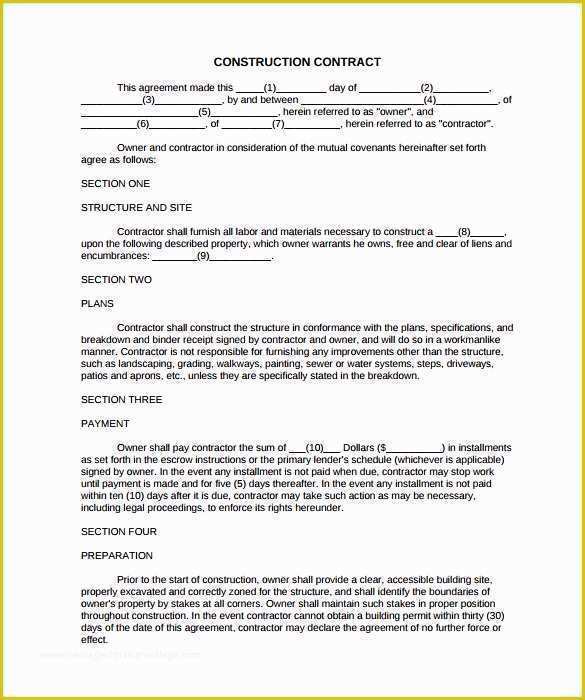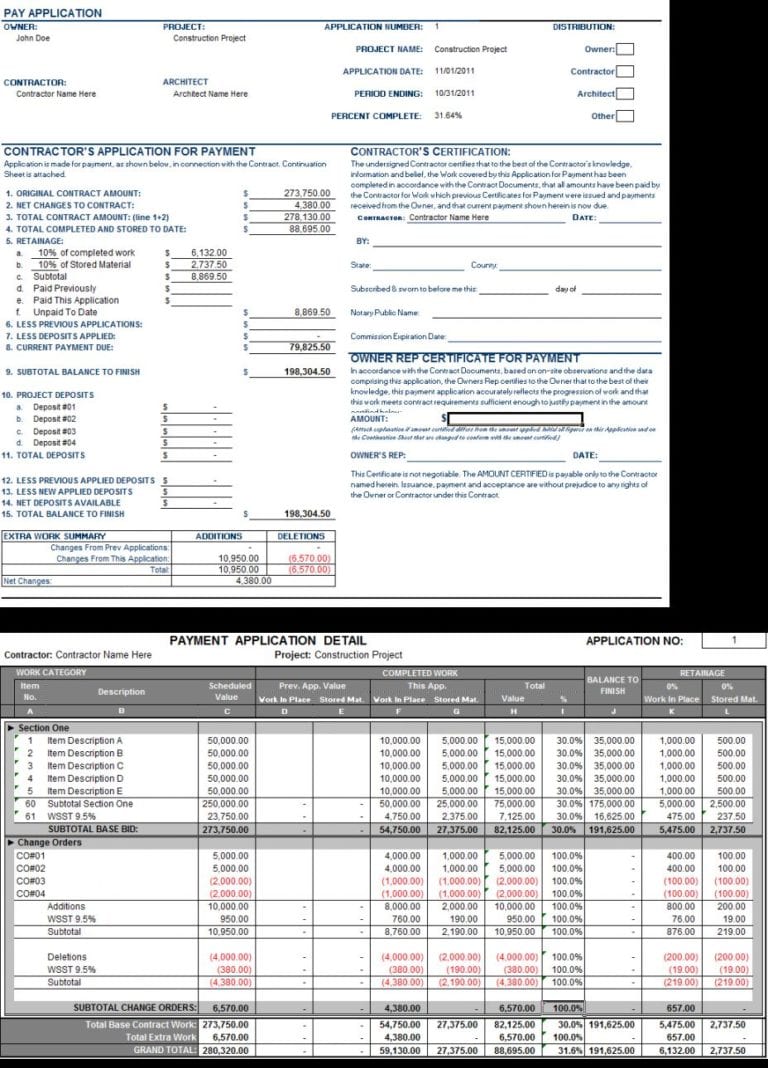

Take advantage of apprenticeship programs to cut costs further. Those 15 minutes can cost you over $30,000 if you have a 20-person team. Are workers clocking out at 3:15 instead of 3:30? Take a hard look at clock-in and clock-out times. Many solutions are more straightforward than you might think.Įvery minute counts. So now you’re probably wondering how you can cut anything from direct and indirect labor. Once again, it’s easy to see how direct and indirect labor costs can play a vital role in your company’s future. LABOR WAGE x LABOR BURDEN FACTOR x MARKUP = LABOR PRICE Finding the labor price depends on your markup, the amount of profit you plan to make: To truly turn this to your advantage, use the labor burden to determine the labor price. Tracking down all the numbers is the hardest bit of this equation, but it’s necessary for a company’s success.

INDIRECT COSTS/ DIRECT COSTS * 100 = LABOR BURDEN Calculating the labor burden involves changing the indirect costs into a percentage of the direct labor costs.ĭoing so will tell a company how much it is truly spending on labor: If you’re not the accountant type, don’t sweat it. A 20-person crew saves up to $2,500 per year or more with every 60-second improvement. Knowing where to cut safely increases savings. The average construction company only earns 2% to 3% in profits annually, and by reducing labor even 5%, companies and contractors can improve this net profit to 4% or 5%. If these hidden costs climb too high, a company can go out of business.įurthermore, tracking and comprehending labor is an easy way to make higher profits.

In addition to paying an employee’s wage, several factors increase the total cost of an employee: It’s an easy way to see how much money a company can expect to pay for labor. The labor burden includes the direct and indirect expenses of hiring and employing an individual. Understanding direct and indirect costs can save companies money and even stop them from falling apart. While just as integral to a company’s success, these employees work “backstage.”Īn easy way to tell the difference is by connection: if you cannot relate an employee’s job directly to one specific project, they are categorized under indirect labor. These employees are not actively involved in the construction or planning.Įxamples of indirect labor positions include the following: Indirect labor supports the company, but individuals do so from a distance. Support staff (human resources, administration, etc.) are categorized differently. The direct costs include only the employees who will work directly on the project. However, these expenses include any benefits that are provided to that employee, as well, such as healthcare.īusinesses will pay salaries and benefits to company employees in a typical contract and hourly or pre-project costs to contractors. Very simply, it’s the wages you pay employees. Directĭirect labor is easy to understand and identify. “Labor” is defined as the total amount of expertise and workforce needed to finish a job, and it is further broken into two main categories: direct and indirect labor.

Contract labor cost how to#
By the time you finish, you’ll know exactly what should be grouped under each type, how to calculate it, and what the ideal numbers should be. We’ll take you through all the significant parts here. For craftworkers and construction companies, these costs are essential in determining whether or not to take a contract.īut what type of labor is included in each, and how are you expected to calculate the supposed expenses? indirect labor costs when contemplating contracts. Every business has to consider direct labor vs.


 0 kommentar(er)
0 kommentar(er)
